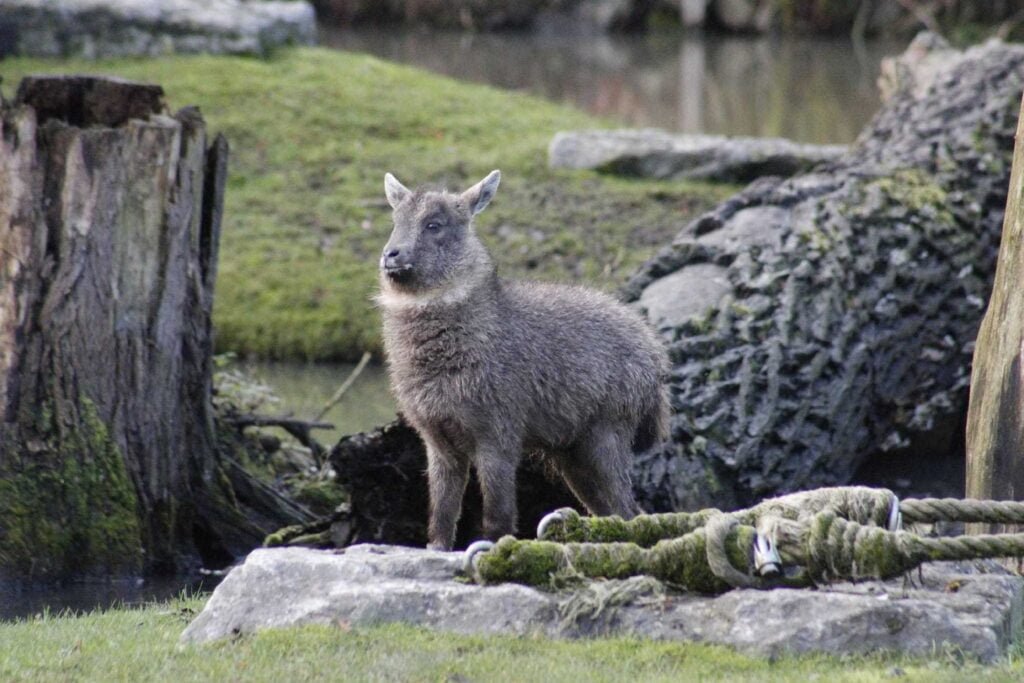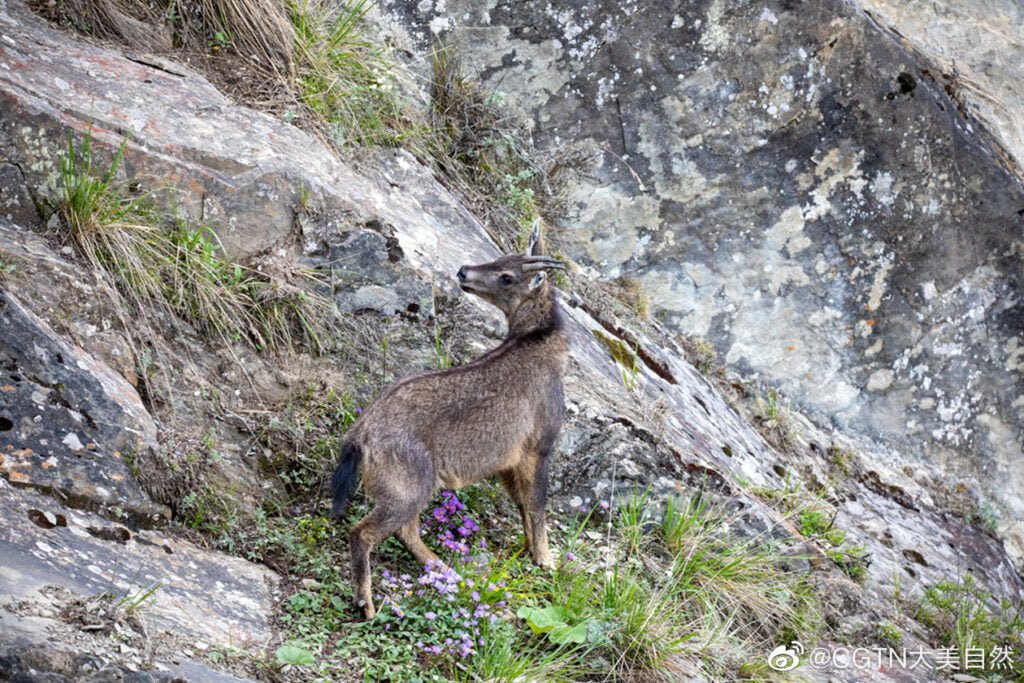Nestled behind the “U”-shaped bend of the Yarlung Tsangpo Grand Canyon, on the northern slopes of the Jiajialei Peak, and west of the Dongjiu River in the Himalayas’ eastern end, lies the Dongjiu Tibetan Gazelle Nature Reserve. This unique geographical unit, standing at an altitude of 3700 meters, boasts a diverse climate and rich biodiversity across a stretch of less than 30 kilometers, ranging from subtropical mountain regions to polar vegetation zones.
A Tapestry of Biodiversity
The reserve showcases a variety of vegetation belts, from evergreen broadleaf forests made up of oaks and Tibetan bamboos at around 2500 meters, to Nyingchi spruce forests between 2500 and 3500 meters, and sub alpine fir forests up to 4100 meters. Above this, alpine shrub meadows dominated by rhododendrons and Tibetan Salix dominate, leading up to rock-strewn areas rich in snow lotus and dwarf thistles, with the snow line sitting above 5200 meters.

Covering approximately 226 square kilometers, the Dongjiu Tibetan Gazelle Nature Reserve includes 110 square kilometers of forests, 68 square kilometers of snow mountains and glaciers, 40 square kilometers of the Rocky Mountains, and 8 square kilometers of highland meadows. Influenced by warm and moist air currents from the Indian Ocean, the reserve’s ecosystem is intact, serving as a refuge for numerous endemic and rare birds.
Flora and Fauna Under Protection
The reserve is home to 12 nationally protected plant species, including notable specimens like the star-leafed aster and the Sikkim crabapple. Among its wildlife, 10 species are of primary national and regional conservation concern, including the Tibetan gazelle, the red panda, and the clouded leopard, with an additional 41 species of secondary conservation concern, such as the black bear and the red fox. Over 100 rare animal species, including the Himalayan marmot and various birds, thrive within its boundaries.

The Tibetan Gazelle: A Symbol of Wilderness
The Tibetan gazelle, known locally as “Ri” and sometimes referred to as the “red deer,” is especially noteworthy. Discovered in the valleys of the Irrawaddy River in Myanmar in 1961 and later in Tibet in 1973, the reserve now harbors over 1000 of these gazelles. Recognizable by their vibrant red fur and robust build, these gazelles are a symbol of the region’s untamed beauty and ecological significance.
Tips for Visiting
- Access: Situated along the Sichuan-Tibet Highway, the reserve is easily accessible, being just 500 kilometers from Lhasa and about 97 kilometers from Bayi Town in Nyingchi. Visitors can drive or hire a car to explore this natural marvel.
- For Photography Enthusiasts: The reserve’s harmonious and picturesque landscape, where mountains, rivers, ice, stones, trees, and wildlife coexist beautifully, makes it a paradise for photographers.
The Dongjiu Tibetan Gazelle Nature Reserve invites you to witness the harmony of nature in one of Tibet’s most serene and unspoiled environments, offering a haven for wildlife and a spectacular setting for nature lovers and photographers alike.
